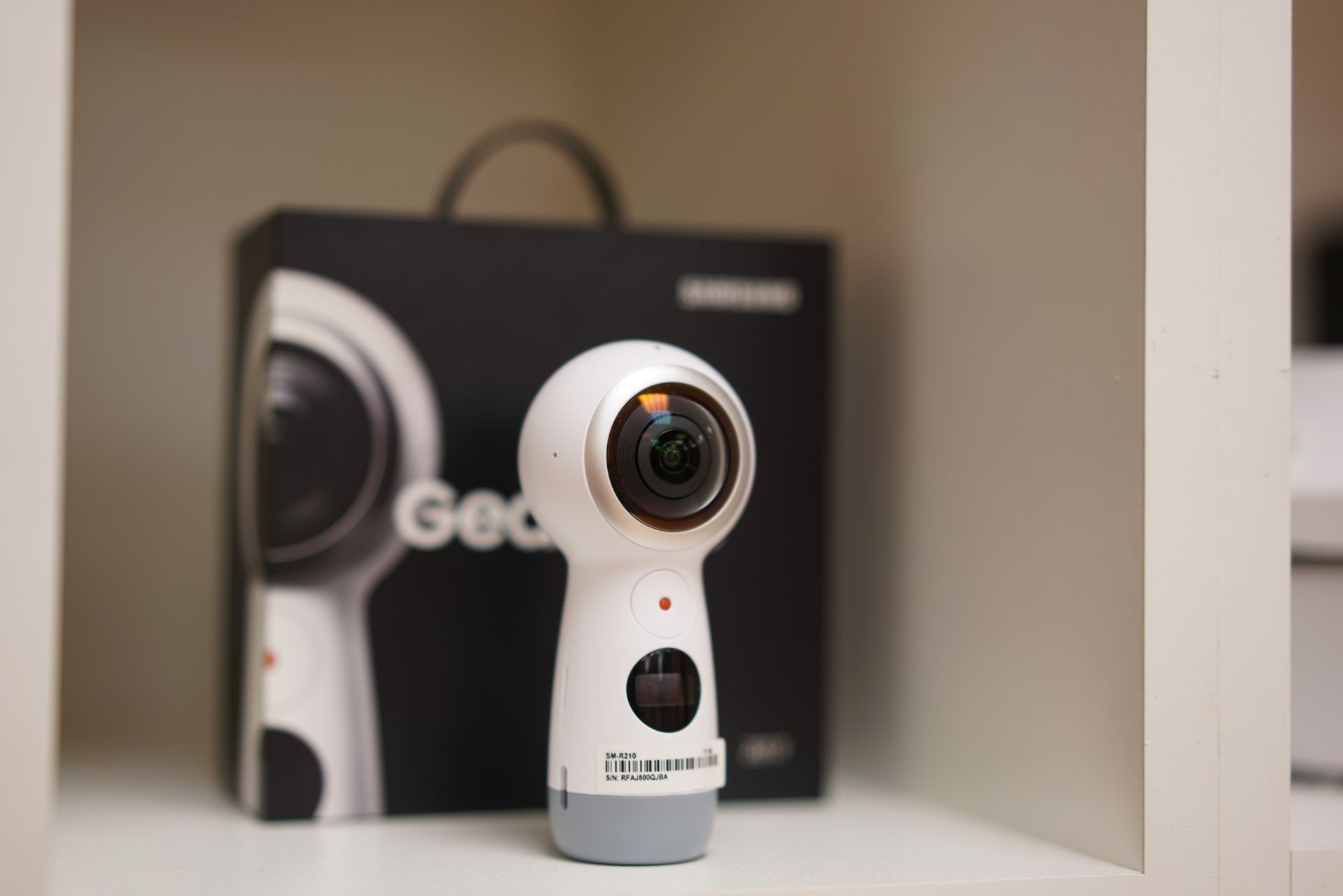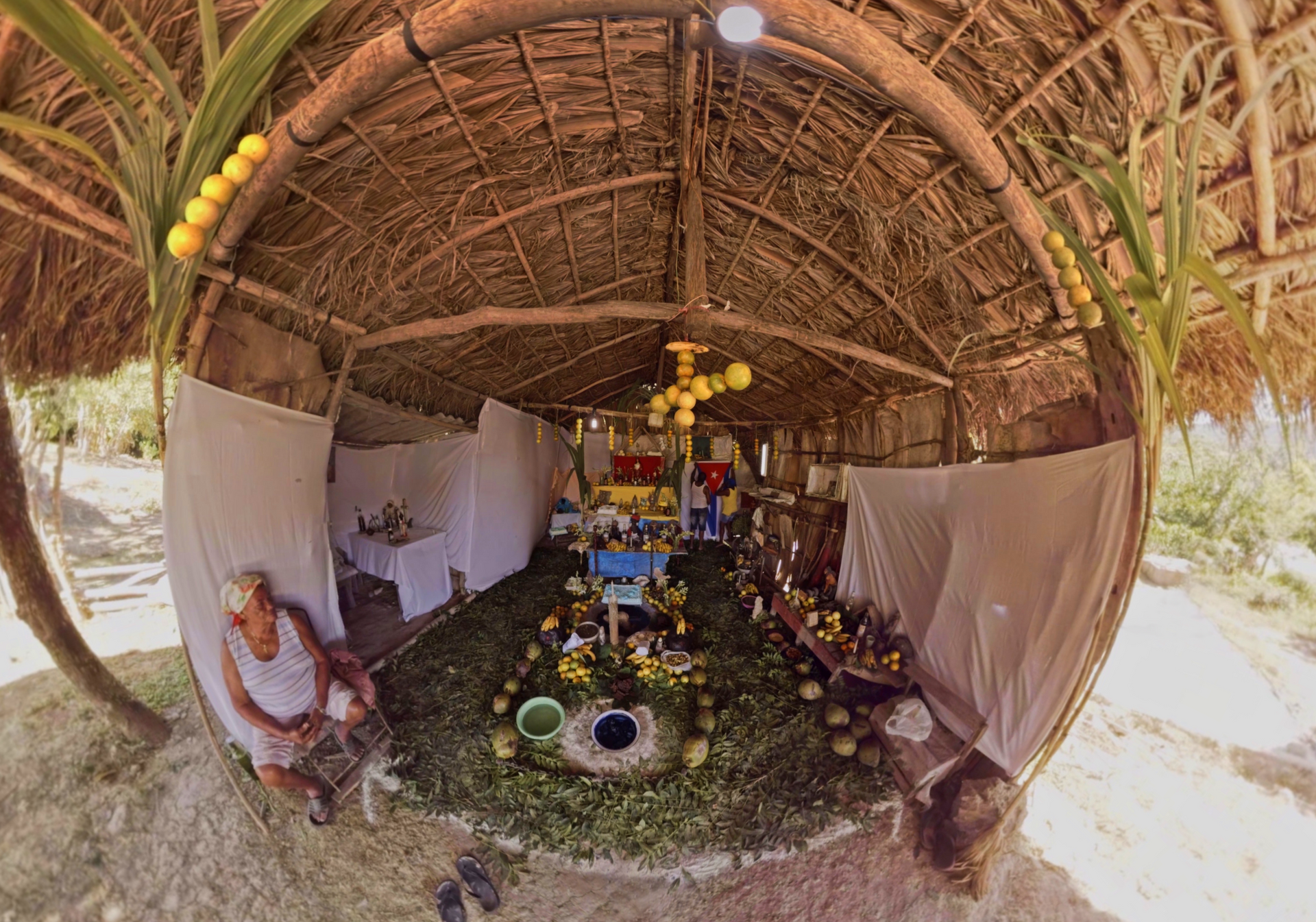VR Safety Concerns
In the world of virtual reality, health and safety is a top priority for creators and the number one concern for consumers.
Is VR safe to use? Can VR cause motion sickness? Can VR damage your eyes?
While it’s true staring too long at a VR screen can result in headaches, eye strain, and discomfort, there are countermeasures you can take to alleviate VR motion sickness and other unhappy symptoms.
How to Stop VR Sickness & Discomfort
VR is still relatively new, at least in the sense of being readily available to the average consumer. Luckily, several years of research have been completed around VR safety and more studies are underway. We generally follow the guidelines put out by Dr. Jeremy Bailenson at Stanford’s Virtual Human Interaction Lab.
One common recommendation is the ‘20-minute rule’ for VR use. After every 20 minutes in VR, you should remove the headset and take a break. As Dr. Bailenson puts it, “Take a minute, rub your eyes, look around, touch a wall.” It can be a short break, but enough time to ground yourself in the real world before heading back to your virtual one. This will help avoid headaches and excessive eye strain. Your eyes work hard in a VR experience. They're constantly focusing, and refocusing. When overly fatigued or strained, you may experience headaches.
Another rule of any VR product has to do with the frame rate. If you're in a virtual experience and the scene is freezing or lagging, you may experience simulator sickness. To avoid this, the lowest frame rate we create is 90 FPS (frames per second). Sometimes it's necessary to optimize scenes to avoid dropping below that.
It sounds counterintuitive, but you can feel more immersed and engaged in a VR scene with fewer details and a higher frame rate vs. high-quality detail and a lower frame rate. More detail in a scene creates a larger draw on processing power and can lead to lag, especially in cordless devices like the Quest 2 that rely on smartphone processors.
Preventing Injuries in VR
Unfortunately, it is possible to lose track of your surroundings while in VR and end up crashing into something. Most headsets, such as the Quest 2, have built-in cameras on the outside to warn you if you’re leaving the boundaries of your play space. Even so, it’s important to prepare your space before donning the headset.
Follow these safety tips to avoid injuring yourself in VR:
- Ensure you have enough space to use your VR headset. The official recommendation for the Quest 2 is 6.5ft by 6.5ft feet of clear space.
- If seated while using the VR headset, make sure you can extend your arms out fully in any direction without bumping into anything.
- Take breaks and avoid rapid movements, which can lead to muscle strain.
With the Right Steps, VR is Safe to Use
If you’re looking to try out something new in VR, either building a commercial app or contemplating academic research, we’d be happy to chat with you further about the many lessons we’ve learned over years of designing, developing, and testing in VR.
If you’re a consumer looking to ensure you won’t have a post-game headache or upset stomach, remember the 20-minute rule for breaks and make sure the apps you’re using are optimized for your headset’s processing power. If you want to know more about VR or have additional health and safety concerns, contact us for more information.



